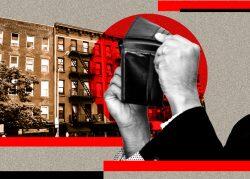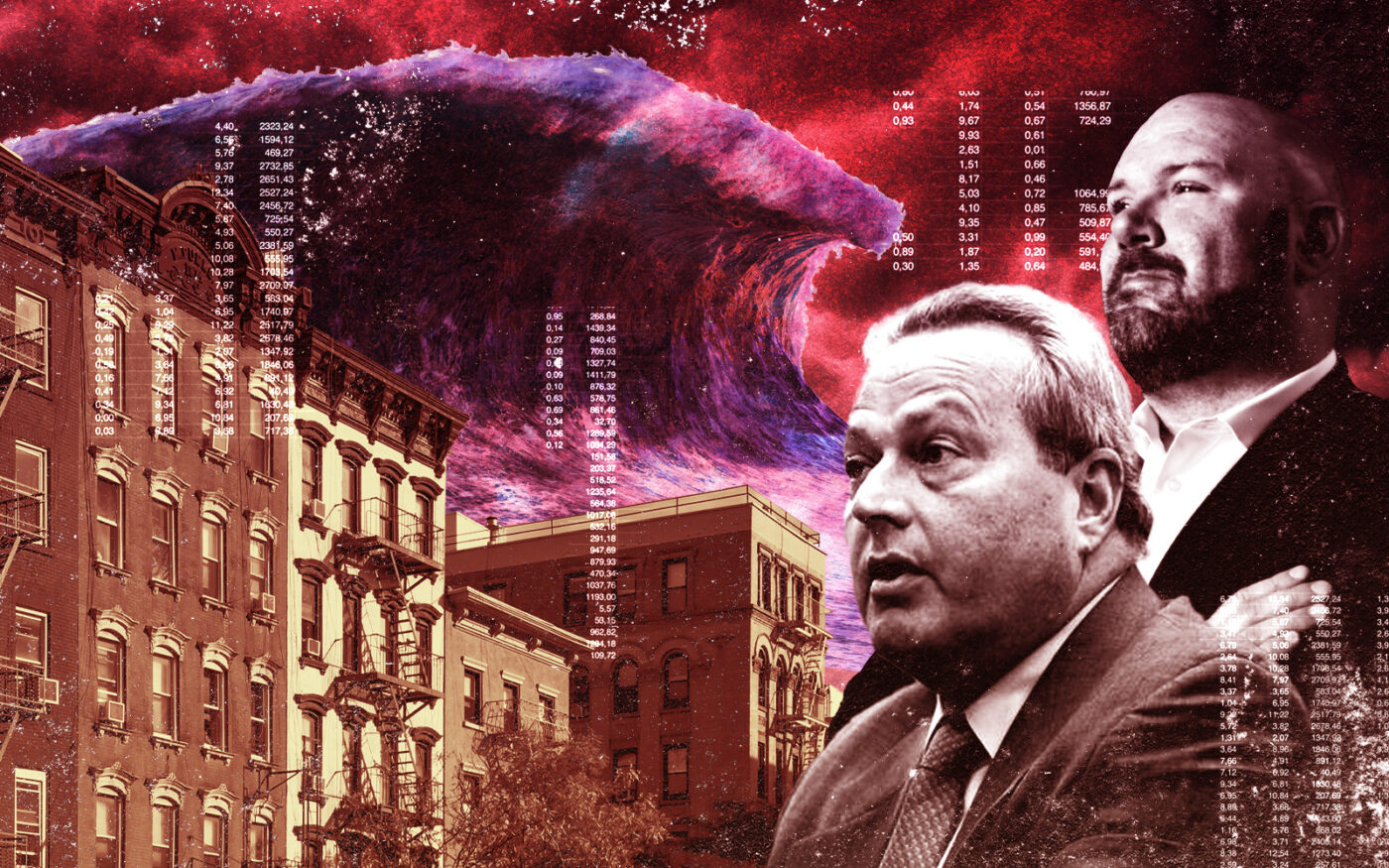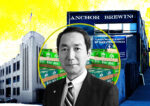
Landlords’ profits drop nearly 8%, most in 17 years: rent board
Trending
Rent-stabilized buildings’ profits dive a record 9.1%
Share of assets in distress jumps: Rent Guidelines Board

A Rent Guidelines Board report Thursday shows owners’ net operating income plummeted 9.1 percent in 2021 from the previous year, the steepest decline since the Rent Guidelines Board began tracking it in 1990.
Net operating income is a proxy for profits, but excludes debt service and capital expenditures, so a positive figure from the rent board doesn’t mean a building’s revenue is covering its costs.
Landlords’ previous worst year was 2002, when NOI fell by 8.7 percent.
Landlord groups such as the Community Housing Improvement Program have continuously sounded the alarm that the rent law, which severely restricted owners’ ability to increase revenue, coupled with rising operating expenses and a drop in rent collection was undermining buildings’ finances.
Ahead of last year’s rent guidelines board vote, tenant advocates dismissed those claims, saying 2020’s 8 percent drop in net operating income was only the fourth decline in 26 years.
But the latest report indicates it was not a blip. It found rental income fell by 1.2 percent citywide after the rent board extended its 2020 rent freeze. Meanwhile, operating costs jumped by 5.2 percent in 2021. (The 2020 report showed income down 3.8 percent and operating costs down 2.8 percent.)
“This report is proof positive that the disinvestment and defunding of New York’s rent-stabilized housing stock needs to stop,” said Jay Martin, CHIP’s executive director, said in a statement.
Martin called on the board to use the data “to set a sustainable rent adjustment that will keep this critical housing stock on the market.” The board vote in June will affect leases signed or renewed beginning Oct. 1.
Last year, the board ignored its own staff’s recommendation of a 4.2 percent hike (and owners’ requested 6.5 percent) to approve a 3.25 percent bump on one-year leases. Tenant advocates had called for a rent freeze or rollback.
Absent a rent increase that keeps pace with costs, owners fear the distress already hitting rent-stabilized housing will spread.
The market share of distressed properties rose 2.3 percentage points in 2021 to 8.8 percent, according to the rent board’s report.
That’s the fifth straight annual increase and the highest level of distress since 2009, the final year of the Great Recession.
“[The report] checks all the boxes of an impending collapse of New York City’s affordable housing stock,” said the Rent Stabilization Association’s Vito Signorile.
“This alarming trend should be a wake-up call to Albany and City Hall lawmakers who have taken no initiative in the past four years to aid financially struggling building owners,” Signorile added.
CHIP has pushed for a change in the rent law that would allow owners to reset rents in stabilized apartments that become vacant. A bill is likely to be introduced next month in the likely event that the measure is not included in the state budget.
Martin said discussions are ongoing. “We’re getting there, but the budget conversation has been dominated by the want to add supply, which includes 421a and [office] conversions,” Martin said.






